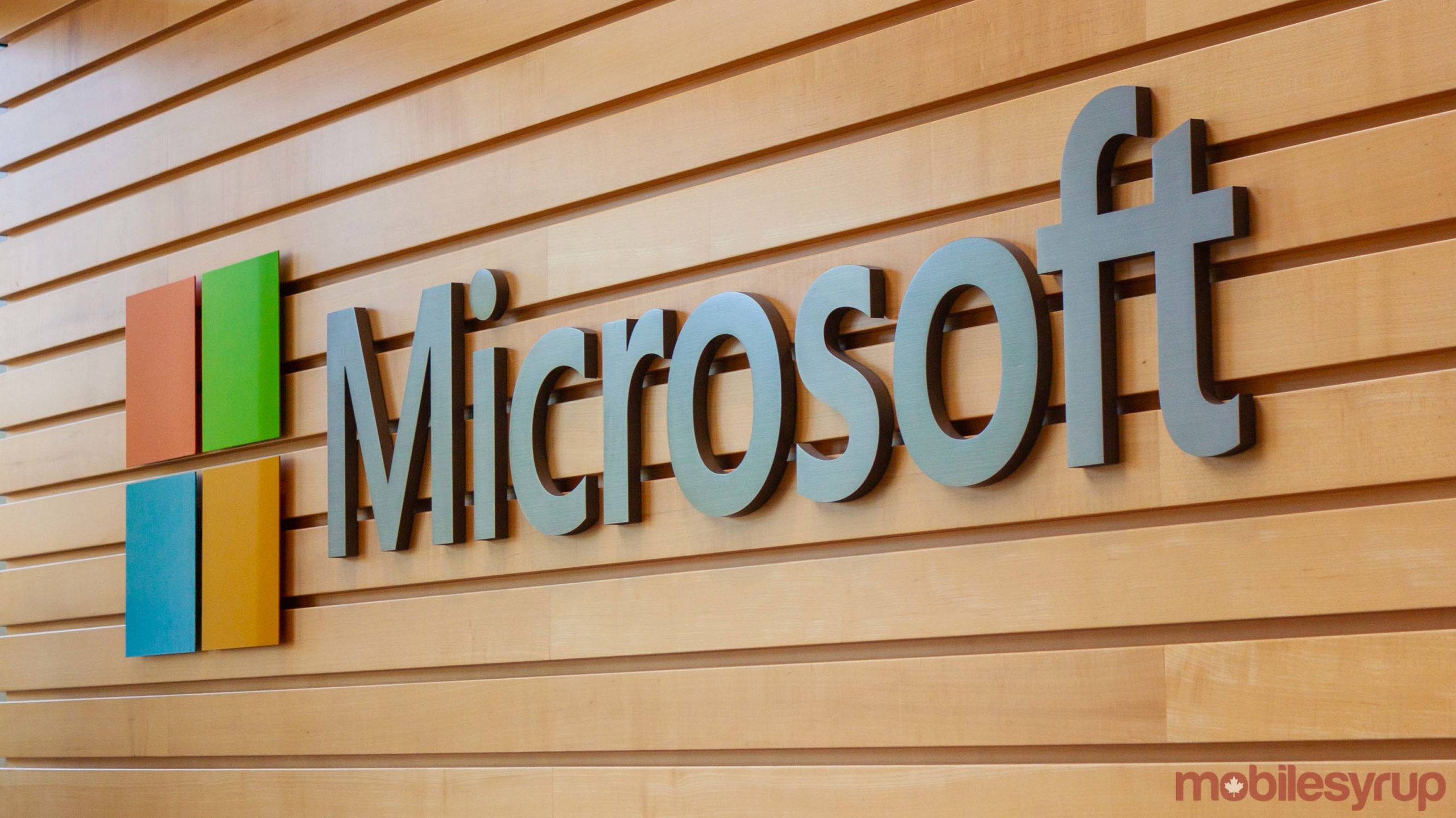
Microsoft will stop distributing 32-bit Windows 10 to manufacturers as it prepares to wind down support in favour of the newer 64-bit architecture.
Spotted by Neowin, a recent support document from Microsoft outlines the minimum hardware requirements for different versions of Windows 10.
“Beginning with Windows 10, version 2004, all new Windows 10 systems will be required to use 64-bit builds and Microsoft will no longer release 32-bit builds for OEM distribution,” the document reads.
Version 2004 refers to the upcoming May 2020 update for Windows 10, which should arrive any day now. Microsoft has already pushed it to manufacturers and developers, so it shouldn’t be much longer until the company starts rolling it out to the public.
However, Microsoft’s move away from 32-bit probably won’t result in much for users yet. For now, it means that Microsoft will no longer offer 32-bit Windows 10 to manufacturers for use in new PCs. If you really want 32-bit Windows, you will likely still be able to buy a retail copy for now. Further, if you’re using 32-bit Windows 10 right now, nothing will change for you yet.
Most people are probably using 64-bit Windows already
Microsoft says it will continue to provide feature and security updates for 32-bit Windows 10. While the company didn’t specify how long it would offer those features, you can probably expect support to continue for the foreseeable future.
All that said, AMD and Intel have offered 64-bit CPUs for more than a decade, so chances are you’re running 64-bit Windows unless you installed the OS on an older PC or purposefully installed 32-bit Windows 10 on a modern system.
If you’re not sure, grab your PC and tap the ‘Windows key’ > type ‘About’ > select ‘About your PC’ > look under ‘System type.’ That will list whether you’re using 64-bit or 32-bit Windows 10.
While you don’t have to make the switch to a 64-bit system right now, it’s something you may have to do in the near future. However, 64-bit comes with a lot of benefits. For one, 64-bit systems can access much more physical memory (i.e. RAM) than 32-bit systems. Most Windows 10 PCs have eight or 16GB of RAM, with some Enterprise versions of 64-bit Windows 10 supporting up to 6TB of RAM. 32-bit versions of Windows max out at just 4GB of RAM. 64-bit also offers better security and improved performance over 32-bit systems.
Ultimately, it’s about time for Microsoft to move on. 32-bit has largely run its course and, at least for the foreseeable future, 64-bit is the way to go.
MobileSyrup may earn a commission from purchases made via our links, which helps fund the journalism we provide free on our website. These links do not influence our editorial content. Support us here.


